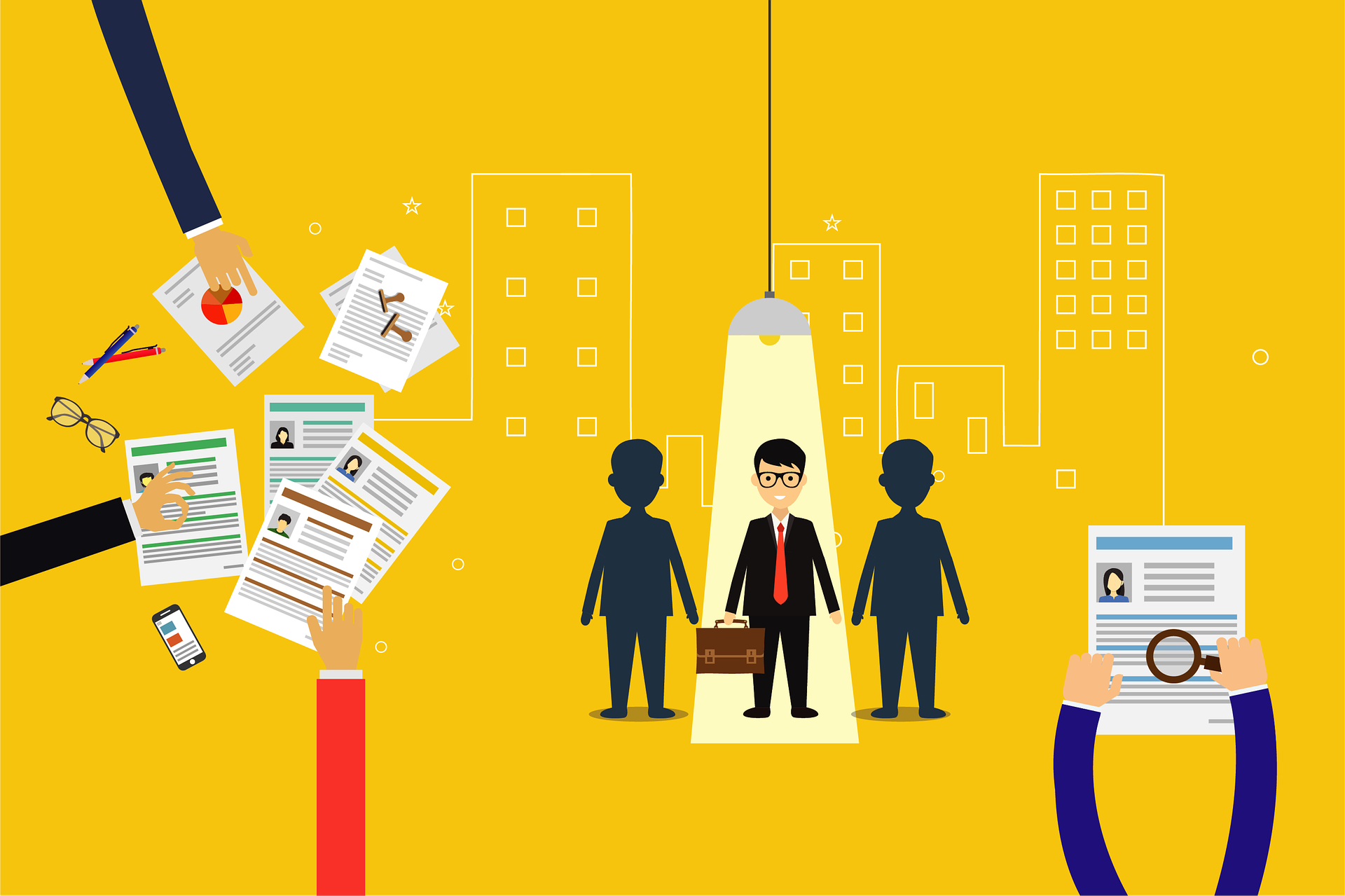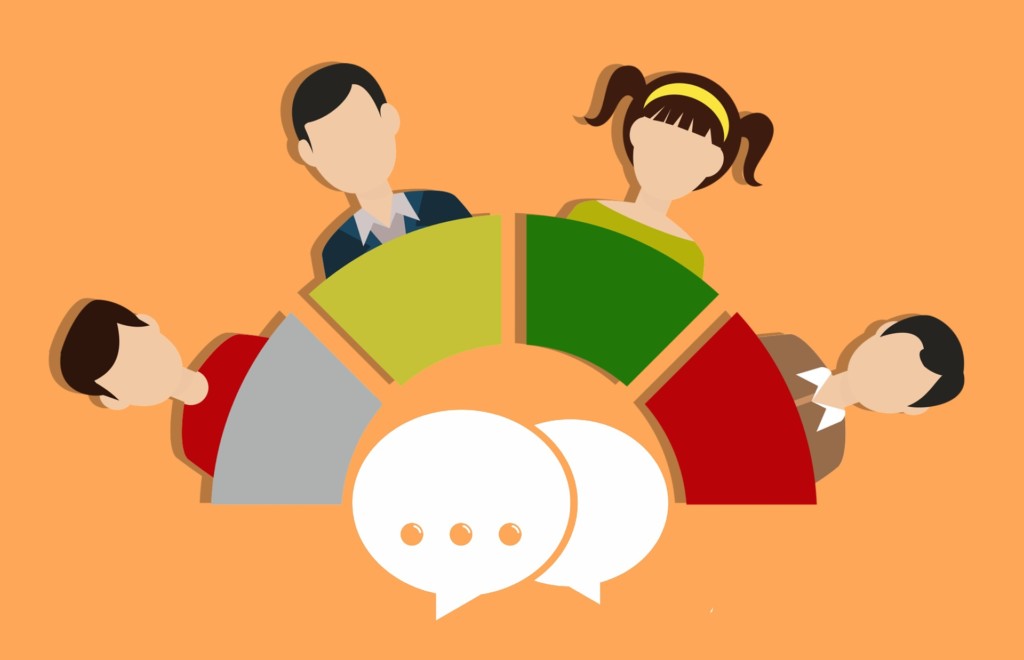How to Gamify Your Recruitment Processes for Effective Onboarding

Successful onboarding is the key to building a robust and productive workforce. It’s not just about getting people up and running with their new job. It’s also about making sure they feel like an integral part of your company from day one. And that starts with gamifying recruitment processes so you can attract top talent in today’s competitive marketplaces.
Check out how below!
What is gamification, and how can it be used in recruitment processes?
Gamification uses elements of gaming to keep customers or employees engaged. A successful gamification strategy often includes a feedback engine that rewards certain behaviors, challenges, and competitions with prizes.
Gamification can be an effective way to improve employee engagement and funnel new hires. Implementing this process will make your company more competitive in the war for talent. While employees are very different from customers, these two groups have one thing in common. They both want to feel like they’re winning as a reward for doing what you ask them to!
![]()
The benefits of gamification for recruitment processes
Gamification can be a powerful motivator for employees, and this motivation has been shown to increase the speed at which people find success in their jobs. Increased motivation improves employee performance and helps companies save money by reducing turnover costs.
Engaged employees are vital for companies that run on the frontline or customer-oriented staff interacting directly with customers every day. Gamification energizes both customer service reps and technicians who have to work outside all day.
By introducing gamification into a recruiting process, companies can:
- Use a more interactive way of presenting company information, missions, visions, and job roles.
- Learners will be more engaged, which leads to higher completion rates and recall rates.
- Learners who finish the content feel more committed and are less likely to leave once hired.
- Gamification in recruitment also increases diversity retention by removing intimidation that might otherwise exist with an all-textual learning approach or online applications.
- Gamification can be used to get employees off on the right foot, making them feel like they’re part of a team from day one.
- Gamified recruitment process helps when it comes to retention as it allows you to recognize high performers using non-monetary rewards.

How to implement a gamified recruitment process
Gamification is one of many tools used in the recruitment process. Gamified recruitment helps recruiters inspire candidates to share their passions and, in turn, increase application with gamified mechanics like leaderboards, achievement badges, and competitive hiring processes.
To get your HR team up to speed on gamification methods, here are the simple ways to implement the gamified hiring process:
1. Define the goal of your onboarding process
A gamified onboarding process urges the user to participate in various rituals or steps, such as watching a video, completing an assessment, or reading more information. It can help guide them through this process and give them a sense of accomplishment when moving on to the next stage.
Suppose you offer gamification tools for your company’s onboarding process. You can use features like badges and achievements to incentivize employees. By doing so, it will not only ensure they follow the onboarding program but also keep them engaged with your brand.
2. Create a gamified user experience that will help people feel engaged in their new role.
Gamification provides a practical and entertaining way to engage the user with your brand. Rather than treating your new customer as a prospect, you can use gamification to make them feel like they are already part of the team.
When they become engaged in your product, it increases the likelihood that they will recommend it to their friends and family for future purchases. It also incentivizes them to actively seek out more information about how your company’s products can meet their needs for convenience, style, or self-expression.
3. Test out different onboarding processes to see which one works best for your company and employees
Different types of gamification tools can test out the experience around the onboarding process of a product or a service. It includes metrics and tracking data, where metrics are related to behavioral changes such as conversion rates. Monitoring data capture user behavior that is not tied to installing an app (for example, browsing a website). The implementation of gamification assists companies with improving their offerings by adding some level of engagement for consumers to notice new products or services.

4. Encourage feedback from new hires so you can continue to improve upon your process
There are several good reasons for encouraging feedback from new hires about the onboarding process. Here are just a few.
- The first is that new employees value their jobs the most in learning and growth opportunities, which an onboarding process can help.
- Second, some companies use gamification tools to encourage feedback, so they’re likely to be more excited about it.
- Thirdly, information received through employee feedback answering questions such as “What was your experience like?” or “Did you learn anything?” can be used to tailor future processes accordingly and achieve business goals.
- And last but not least, soliciting employee opinions is always better than guessing them!
5. Monitor how long it takes for an employee’s satisfaction levels to increase after they’ve been on board with the company
It’s essential for companies to constantly monitor and evaluate how they are doing with their employees. Companies should assess new hires periodically. It determines how satisfied the new hire is after joining and if there has been any status change, such as a promotion or demotion since being hired.
It could also provide insight into what challenges may need modification so that an individual can feel more engaged at work which will positively impact productivity levels, among other things.
6. Reinforce feelings of accomplishment by giving rewards, such as small treats or prizes, when employees complete specific tasks or milestones during their onboarding period at the company.
Reinforce feelings of accomplishment by giving rewards, such as small treats or prizes, when employees complete specific tasks or milestones during their onboarding period at the company. It will make them feel accomplished and encourage loyalty to your business long-term.
The best way for employers to create a loyal workforce is through rewarding hard work with incentives like delicious snacks! You don’t have to break out chocolate cake every day just because you want someone’s mouth-watering about coming into work – but other things can get people excited too: new coffee machine? New office chair? Take time in an employee’s first few weeks on board and reward them with something they may not expect from this position (even if it doesn’t happen right away).
In Summary
With the competitive marketplaces and tough competition for top talent, you need to start thinking about how your company’s onboarding process can make people feel like an integral part of your business.
The gamification principles we shared should help give you some ideas on what you might be able to do to attract more qualified candidates while also keeping them engaged from day one.
If this sounds interesting but still seems daunting? Let us know. Our Cluehub team is here to offer advice and guidance as well as a turnkey solution that will get you up and running with all the tools needed for successful recruitment marketing.
Are you interested in gamifying your onboarding process? Contact our specialist right away!
Gamification, Serious Games or Game-Based Learning?

Gamification Use Cases: How to Gamify Corporate Training
Gamification is one of the most potent ways to engage learners. It’s an excellent way for your employees to learn and apply their knowledge in real-world situations. However, it can be hard to get started with gamification because there are many different tools out...
Online Escape Games: An Exciting Virtual Event Add-on or a Good Marketing Study Tool?
Face-to-face events are all fun and memories until the pandemic came. It took away the most exciting parts in every socio-business gathering which are meeting new friends, onboarding fresh investors, and gaining valuable insights that help you improve your business...
Game-based Learning Solutions: Will it Bring Study-Game Balance to Students?
Games pique the interest of many students, especially if it's visually appealing, tasks are challenging, and is not too academic. However, too much of it prevents the students from achieving certain learning outcomes, which forfeits the core objective of gamifying...



